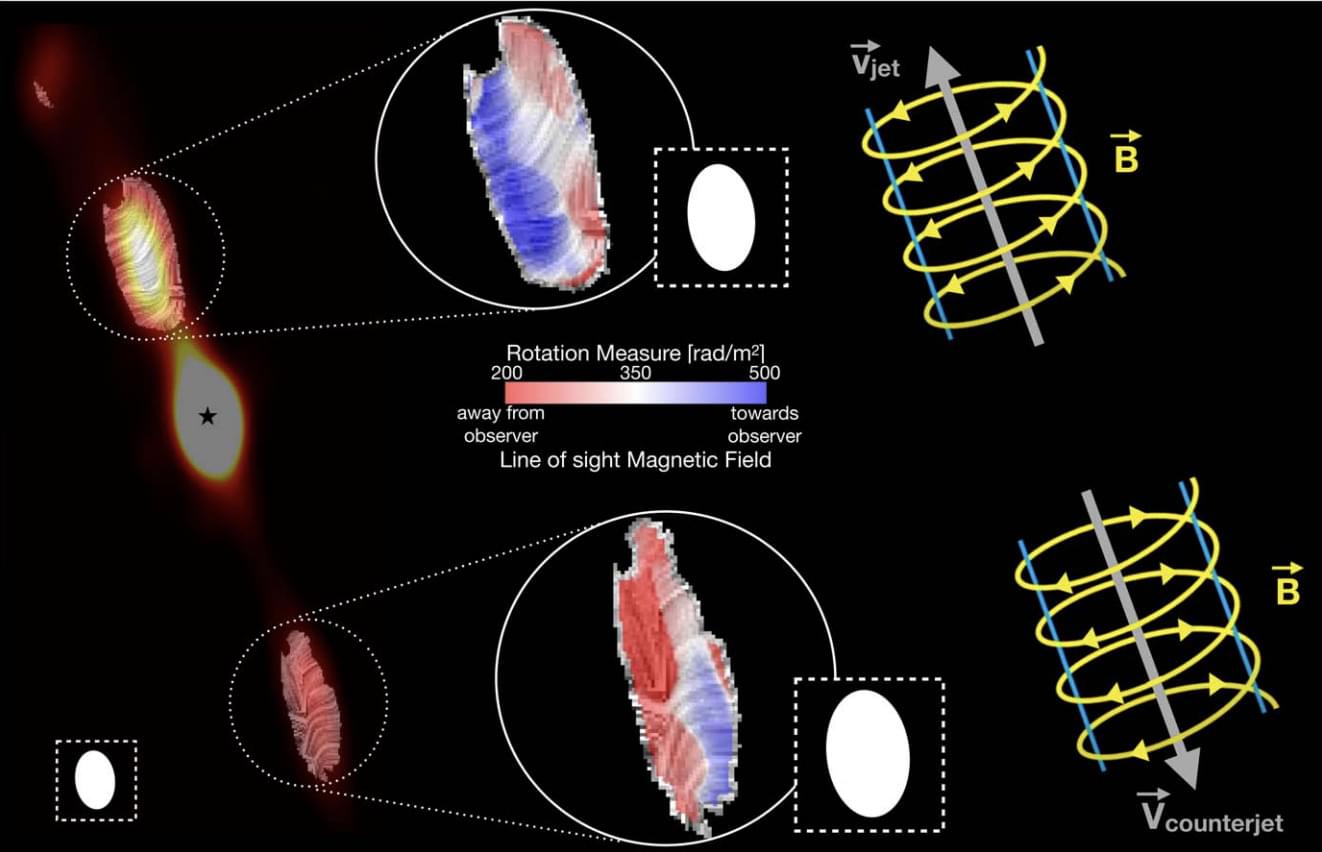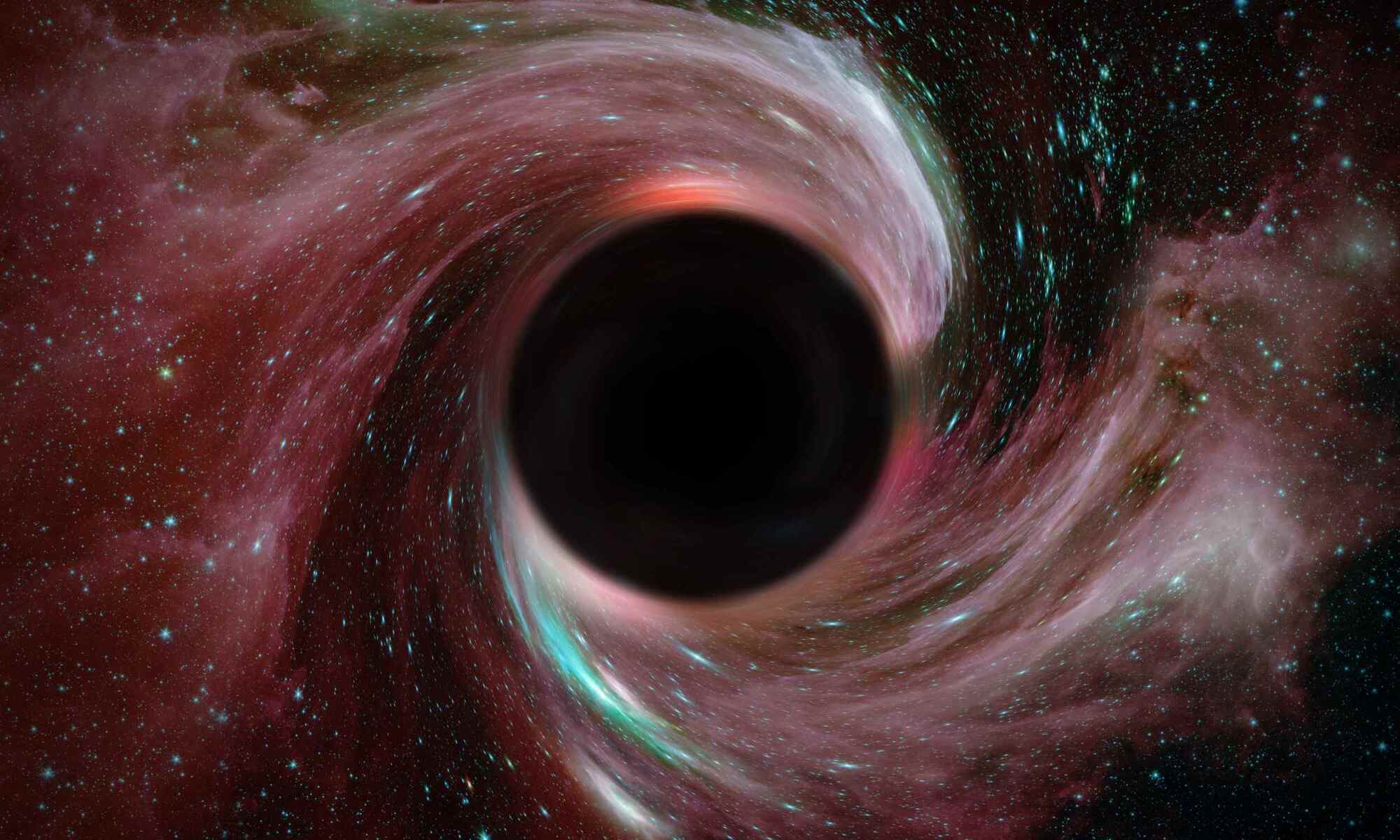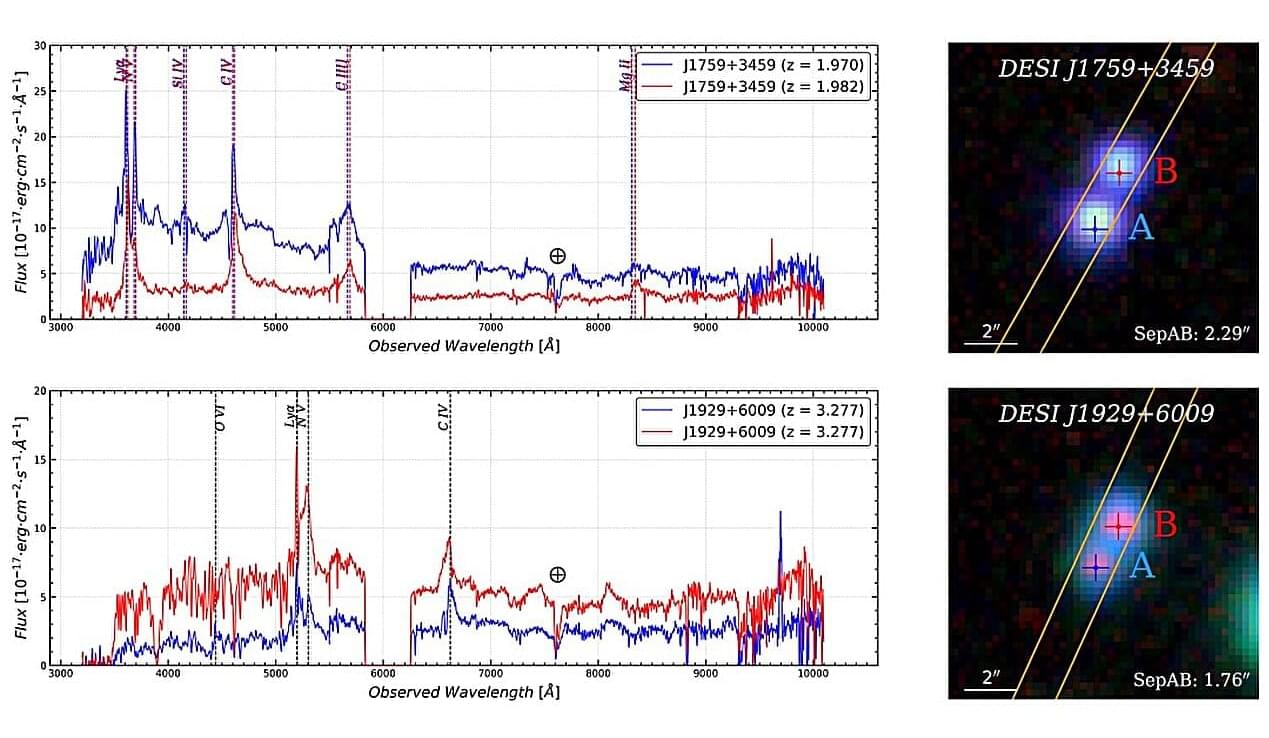New observations from the National Science Foundation National Radio Astronomy Observatory’s (NSF NRAO) Karl G. Jansky Very Large Array (NSF VLA) provide compelling evidence supporting a universal mechanism for the collimation of astrophysical jets, regardless of their origin.
The new study, published in The Astrophysical Journal Letters, reveals the presence of a helical magnetic field within the HH 80–81 protostellar jet, a finding that mirrors similar structures observed in jets emanating from supermassive black holes.
Jets, powerful, highly collimated outflows of matter and energy, are observed across a vast range of scales in the universe. From the supermassive black holes at the centers of galaxies to the young stars in our own Milky Way, these jets play a crucial role in the evolution of their host systems. However, the precise mechanism that guides these jets and prevents them from dispersing into space has remained a long-standing puzzle.






